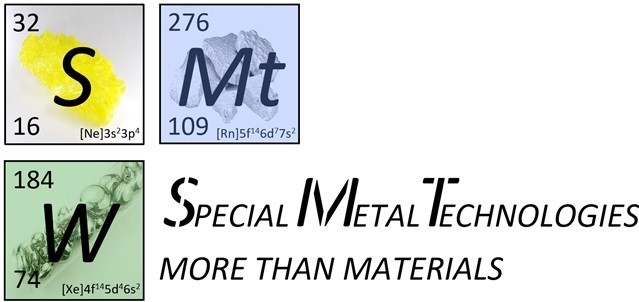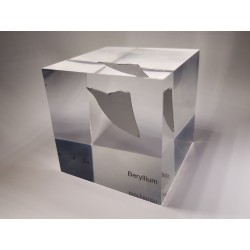- Shop
- Acrylic cubes
-
Elements
- Hydrogen
- Helium
- Lithium
- Beryllium
- Boron
- Carbon
- Nitrogen
- Oxygen
- Fluorine
- Neon
- Sodium
- Magnesium
- Aluminium
- Silicon
- Phosphorus
- Sulfur
- Chlorine
- Argon
- Potassium
- Calcium
- Scandium
- Titanium
- Vanadium
- Chromium
- Manganese
- Iron
- Cobalt
- Nickel
- Copper
- Zinc
- Gallium
- Germanium
- Arsenic
- Selenium
- Bromine
- Krypton
- Rubidium
- Strontium
- Yttrium
- Zirconium
- Niobium
- Molybdenum
- Technetium
- Ruthenium
- Rhodium
- Palladium
- Silver
- Cadmium
- Indium
- Tin
- Antimony
- Tellurium
- Iodine
- Xenon
- Cesium
- Barium
- Lanthanum
- Cerium
- Praseodymium
- Neodymium
- Promethium
- Samarium
- Europium
- Gadolinium
- Terbium
- Dysprosium
- Holmium
- Erbium
- Thulium
- Ytterbium
- Lutetium
- Hafnium
- Tantalum
- Tungsten
- Rhenium
- Osmium
- Iridium
- Platinum
- Gold
- Mercury
- Thallium
- Lead
- Bismuth
- Polonium
- Astatine
- Radon
- Francium
- Radium
- Actinium
- Thorium
- Protactinium
- Uranium
- Neptunium
- Plutonium
- Americium
- Curium
- Berkelium
- Californium
- Einsteinium
- Fermium
- Mendelewium
- Nobelium
- Lawrencium
- Rutherfordium
- Dubnium
- Seaborgium
- Bohrium
- Hassium
- Meitnerium
- Darmstadtium
- Roentgenium
- Copernicium
- Nihonium
- Flerovium
- Moscovium
- Livermorium
- Tennessine
- Oganesson
- Buch
- References
- Periodic Tables
- Metalle Wimmer
- Metametals
Beryllium
Beryllium, with the chemical symbol Be, is a lightweight alkaline earth metal and is among the light elements in the periodic table. It was first discovered in 1798 by the French chemist Louis-Nicolas Vauquelin, who isolated it from beryl ore. Friedrich Wöhler and Antoine Bussy succeeded in producing pure beryllium in 1828.
Although beryllium is relatively rare on Earth, it is found in minerals such as beryl and beryllium aluminum silicates, constituting only about 0.0002% of the Earth's crust. Beryllium is characterized by low density, high stiffness, and excellent thermal conductivity, making it highly sought after in various demanding applications. It is used in the aerospace industry in structural components and finds application in X-ray equipment due to its transparency to X-rays.
The future use of beryllium could manifest in the nuclear industry and advanced technologies for nuclear fusion. Due to its unique properties, beryllium could play a role in the development of lightweight yet robust structures for future space missions. Despite challenges in handling beryllium dust, which poses health risks, the element remains of interest for innovative applications in various industries due to its extraordinary physical properties.
There is 1 product.
Active filters

